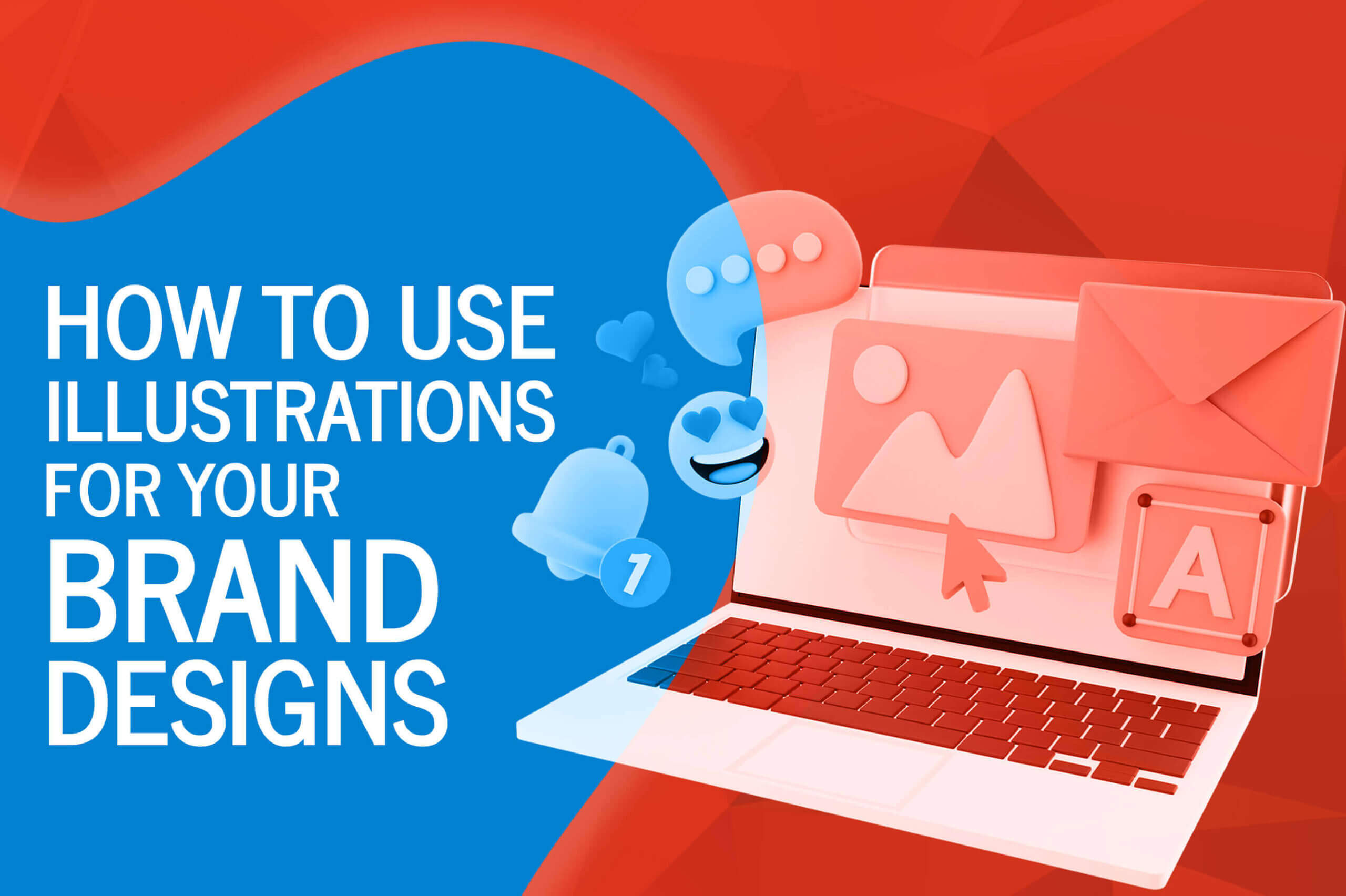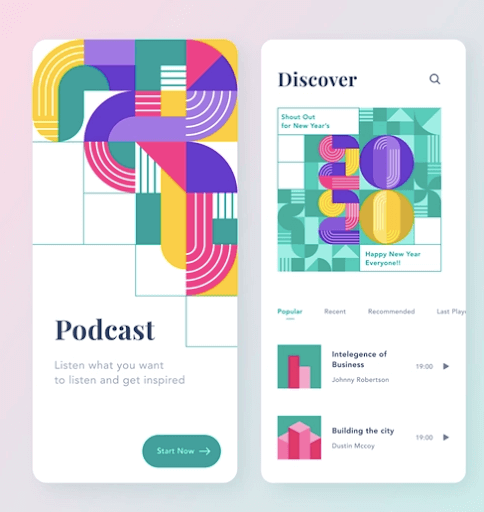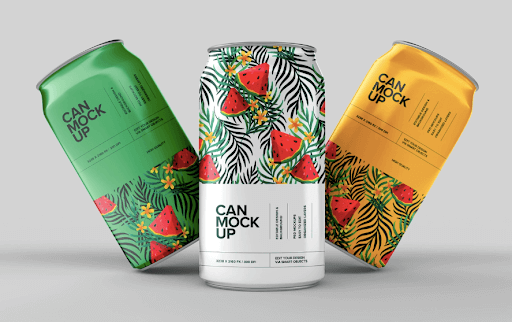How to Use Illustrations for Your Brand Designs
 June 29, 2023 | By Ilfusion Team
June 29, 2023 | By Ilfusion Team
Brand illustrations play a vital role in creating a strong visual identity to make your brand easily recognizable among competitors. It also helps communicate complex concepts in a creative and engaging way.
As with anything in design, there are several considerations for using illustrations in your branding.
Common Types of Illustration Styles
There are numerous illustration styles, each with its unique characteristics and visual appeal. Some common types of illustration styles include:
Flat
This style features simple shapes, flat colors, and minimal details, giving a clean and modern look. These types of illustrations are often used in web and app design.

Image courtesy of Veronika Voishvilo via Dribbble
Line Art
Line art illustrations consist of lines and curves without color or shading, focusing on the structure and form of the subject. Line art is often used to create icons and logos.

Image courtesy of Oli Lisher via Dribbble
Geometric
Geometric illustrations use basic shapes like circles, squares, and triangles to create abstract or stylized representations of subjects. These can be useful for creating logos or infographics.

Image courtesy of Annisha Firdausy via Dribbble
Realistic
Realistic illustrations aim to depict subjects as accurately as possible, mimicking real-life textures, colors, and lighting. These are often used in detailed prototypes and high-end branding.

Image courtesy of Pixelbuddha via Dribbble
Hand-drawn/Sketch
Hand-drawn or sketch-style illustrations have an organic, textured feel, showcasing the artist’s unique touch and technique. They are great for expressing a playful, relaxed brand personality and are best used for projects with a more informal tone.

Image courtesy of Pako via Dribbble
Isometric
Isometric illustrations depict three-dimensional objects and environments using parallel lines and a fixed angle, commonly used in technical drawings and video game graphics.

Image courtesy of Mike | Creative Mints via Dribbble
Choosing the Right Illustration Style for Your Brand Design
Choosing the right style depends on your brand identity, target audience, and the message you want to convey. Artists often blend multiple styles or develop their unique approach to visual storytelling.
Consider the following tips when selecting a style for your brand design:
- Define your brand personality: Identify your brand’s core values, tone, and target audience. This will help you select an illustration style that aligns with your brand’s essence.
- Create a mood board: Collect examples of illustrations that resonate with your brand’s personality and goals. A mood board can help you visualize potential styles and refine your preferences.
- Ensure consistency: Once you’ve chosen an illustration style, make sure it’s consistently applied across all brand assets to create a cohesive visual identity. A brand style guide can be useful to ensure visual consistency across all illustrations.
- Work with a professional illustrator: If possible, work with an experienced illustrator who can understand your brand’s needs and create custom illustrations that accurately represent your brand.
Using Color Psychology in Your Brand Illustrations
Harnessing the power of color psychology in your brand illustrations allows you to create more impactful and engaging visuals. Here are some quick tips:
- Understand color meanings: Research the cultural, emotional, and symbolic associations of different colors, and choose hues that align with your brand’s personality and values.
- Create a cohesive color palette: Develop a consistent color scheme that complements your brand identity and enhances the visual appeal of your illustrations.
- Use contrast and hierarchy: Utilize contrasting colors to emphasize important elements, and create a visual hierarchy that guides the viewer’s attention through the illustration.
Balancing the Layout of Your Brand Illustrations
Balancing the layout of your brand illustration is essential to create visual harmony. To achieve a well-balanced composition, consider these tips:
- Use visual hierarchy: Establish a clear hierarchy of elements by varying their size, weight, and color. This guides the viewer’s eye through the illustration and highlights important information.
- Apply the rule of thirds: Divide your canvas into a 3×3 grid and place key elements along the grid lines or at the intersection points. This technique creates a natural balance and visual interest.
- Consider symmetry and asymmetry: Symmetrical layouts can create a sense of stability, while asymmetrical compositions can evoke dynamism and energy. Choose the approach that best suits your brand illustration’s purpose and message.
- Utilize white space: Distribute negative space (or white space) evenly around and between elements to prevent clutter and improve readability.
Create Engaging Illustrations for Your Brand
Brand design requires a multi-faceted approach, and illustrations go hand in hand with other elements such as typography, photography, colors, and shapes to create an impactful visual identity.
Ultimately, working with a professional illustrator can be the best way to ensure that your brand illustrations convey the right message and resonate with your target audience. Ilfusion has a team of experienced illustrators who can help you create custom visuals that accurately represent your brand.
To get started, contact us today at 888-420-5115, or send us an email at cr******@******on.com.

